2025’s Top Facial Lifting Tech: Microcurrent vs. RF
Introduction:
With demand for facial rejuvenation growing worldwide, choosing between popular technologies like microcurrent and radiofrequency (RF) has become a key concern for beauty professionals and clients alike. This article compares the side effects, skin compatibility, and long-term safety of top-tier face lifting devices—helping you determine the best face lifting equipment for safe, effective, and sustainable results.
Learn more:
https://www.djmimoreme.com/how-face-lifting-machine-are-redefining-non-surgical-anti-aging
1.Face Lifting Machine Side Effects Comparison: Microcurrent vs. RF
|
Side Effect |
Microcurrent |
Radiofrequency (RF) |
|
Redness |
Rare and very mild; usually fades within minutes |
Common and temporary; may last a few hours post-treatment |
|
Discomfort |
Minimal; gentle tingling or muscle twitching at most |
Moderate; warm sensation or mild stinging during treatment |
|
Risk of Fat Loss |
None reported; does not affect subcutaneous fat |
Low to moderate risk, especially with high-intensity RF; may lead to unintended fat reduction in sensitive areas |
Microcurrent facial equipment is ideal for clients who prioritize comfort and minimal side effects. RF facial equipment is effective but requires more caution, especially for clients concerned with facial volume loss.
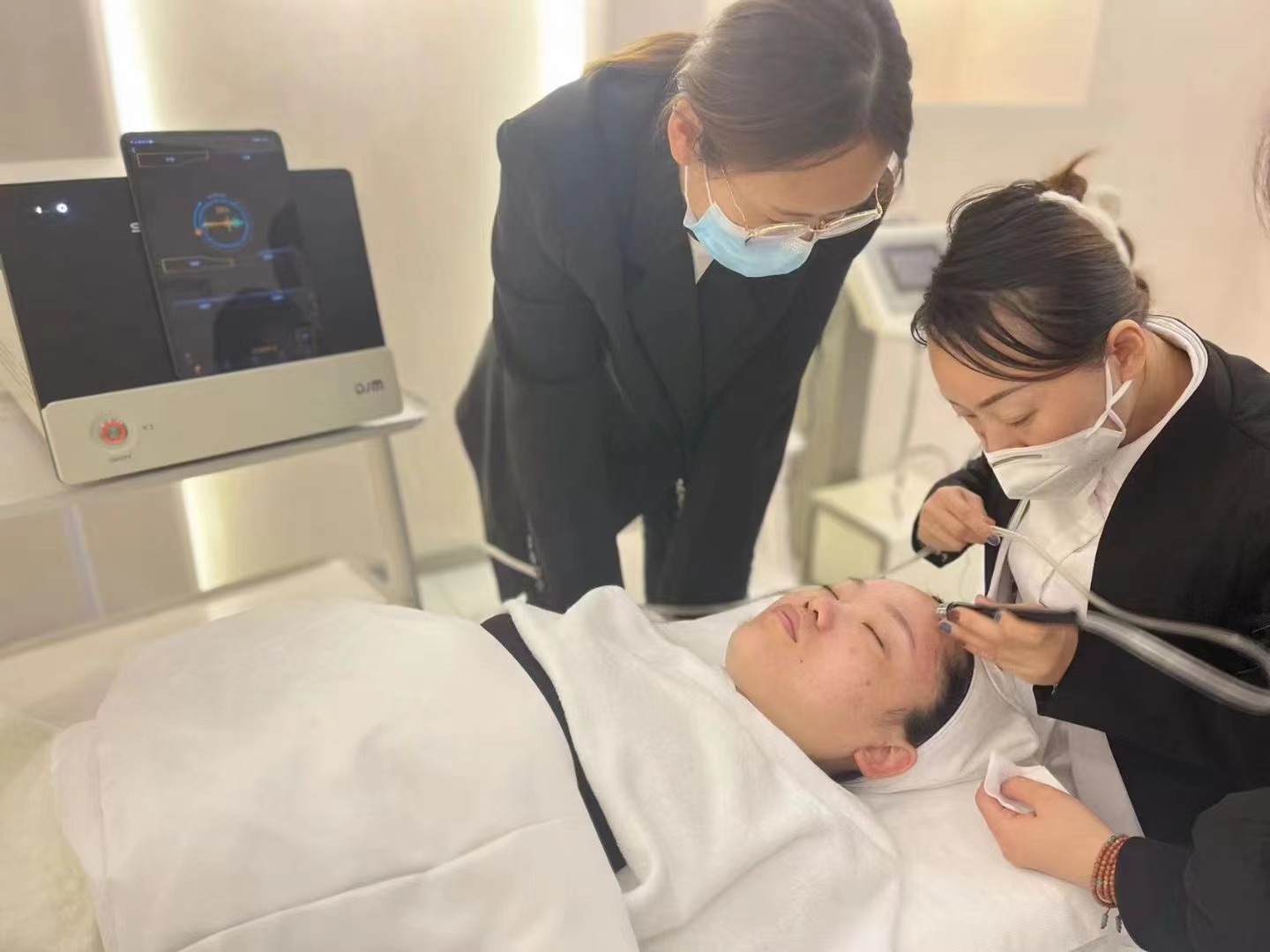
2.Skin Type Compatibility of Face Lifting Devices
When choosing a face lifting device for clinical or professional use, compatibility with different skin types is a key consideration—especially for clients with sensitive, dry, or melanin-rich skin.
2.1Microcurrent facial Devices: Broadly Compatible and Gentle
Microcurrent therapy is considered universally compatible with all skin types, including sensitive, rosacea-prone, or acne-prone skin. Because the technology uses low-level electrical currents without generating heat or causing surface trauma, it does not trigger inflammation, making it especially suitable for individuals with reactive or compromised skin barriers.
It’s also a preferred option for clients with thin or mature skin, where harsh treatments could increase sensitivity or cause capillary damage. The absence of thermal energy means there’s minimal risk of pigmentation issues, which is a major advantage for clients with darker skin tones.
2.2RF Face Lifting Equipment: Effective but Requires Customization
Radiofrequency facial devices are also used across all skin types, but they require careful adjustment of parameters based on the client’s Fitzpatrick scale and skin condition. Since RF works by heating the dermis, it can potentially trigger post-inflammatory hyperpigmentation (PIH) in darker skin types (Fitzpatrick IV–VI) if not properly controlled.
To mitigate risk, many modern RF face lifting equipment systems offer temperature monitoring, multi-polar delivery, and built-in cooling technologies, making treatments safer and more controlled. Even so, clinical discretion is needed—for example, reducing intensity, increasing intervals, or avoiding treatment over inflamed or broken skin.
2.3 Summary of both
Microcurrent facial device technology is widely regarded as safe, non-invasive, and universally compatible with all skin types, including the most sensitive, reactive, or pigmentation-prone complexions. Its low-level electrical stimulation works without generating heat or disrupting the skin’s surface, making it especially suitable for clients with rosacea, acne, thin or aging skin, and those concerned about post-treatment irritation or discoloration. This makes microcurrent facial equipment an excellent choice for clinics aiming to offer gentle yet effective face lifting solutions to a broad client base.
In contrast, RF technology offers powerful collagen-stimulating and skin-tightening benefits but requires careful customization to ensure safety—particularly for individuals with darker skin tones (Fitzpatrick IV–VI) or compromised skin barriers. Improper use or excessive heat can increase the risk of post-inflammatory hyperpigmentation or uneven results, especially in melanin-rich skin. However, when applied by trained professionals using advanced, well-calibrated devices, RF remains a highly effective tool for deeper rejuvenation and long-term firming.
Ultimately, both technologies are valuable in modern facial aesthetics—but microcurrent provides a more universally safe option, while RF demands clinical expertise and individualized protocols to maximize results and minimize risks.
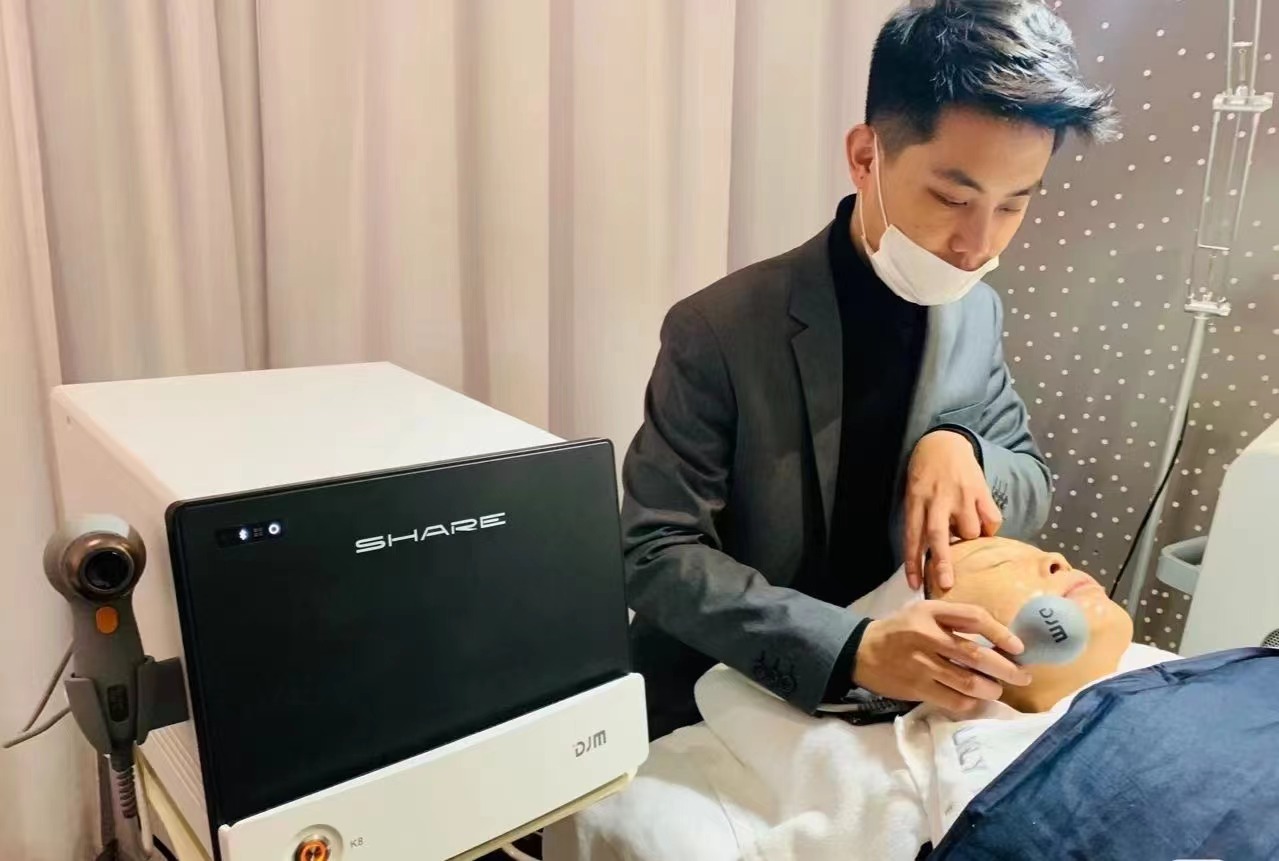
3.Long-Term Safety of Face Lifting Equipment
3.1 Microcurrent: Proven Long-Term Safety with Regular Use
Microcurrent facial equipment technology has demonstrated a strong long-term safety profile, particularly in professional settings where treatments are administered consistently over time. Since it uses low-intensity, non-thermal electrical currents, it does not damage skin structures, underlying fat, or connective tissue—even with frequent use. Clinical practitioners have reported no significant adverse effects related to cumulative exposure, making microcurrent ideal for ongoing anti-aging maintenance protocols.
Moreover, its non-invasive nature means there's no risk of scarring, fibrosis, or dermal thinning. Over months of use, clients often experience gradual improvements in muscle tone, skin texture, and circulation without adverse reactions, making it one of the most sustainable technologies for long-term facial rejuvenation.
3.2 Radiofrequency (RF): Effective but Requires Controlled Use Over Time
RF technology, when used correctly, is also considered safe for long-term use, especially with modern systems that offer temperature control, real-time impedance monitoring, and intelligent energy delivery. However, unlike microcurrent, RF relies on heat to stimulate dermal remodeling, which can pose potential concerns if treatments are performed too frequently, too aggressively, or by untrained hands.
In rare cases, overuse or incorrect energy settings may lead to subdermal fat reduction, volume loss, or changes in skin texture over time—particularly in areas with thinner skin or minimal fat padding. This makes treatment planning and operator expertise critical to preserving skin integrity and achieving consistent outcomes.
When applied conservatively and with proper spacing between sessions, RF remains an effective and safe long-term solution for clients seeking deeper tissue tightening and collagen stimulation.
Learn more:
https://www.djmimoreme.com/visia-vs-imoreme-why-imoreme-is-the-best-value-skin-analysis-machine
https://www.djmimoreme.com/hydrodermabrasion_vs_microdermabrasion_which_one_is_right_for_your_skin
Conclusion:
While microcurrent facial equipment shines in terms of safety, comfort, and universal skin compatibility, RF face lifting machines excel in deeper tissue stimulation and long-term firming effects. For skincare professionals and clinics, understanding the distinctions between these technologies is critical to making informed, client-specific decisions. By investing in the right face lifting machine tailored to your client’s skin type and aesthetic goals, you ensure not just visible results—but also long-term skin health and satisfaction.
Table of Contents
Related information
How can we help you?
Have specific questions or requests? Fill out our inquiry form, and our dedicated team will get back to you promptly. Your inquiries are important to us, and we are committed to providing comprehensive and personalized responses tailored to your needs.


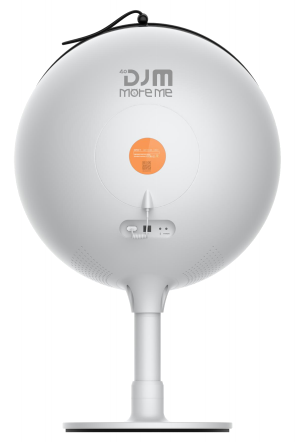
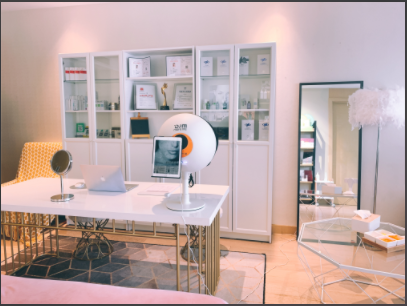
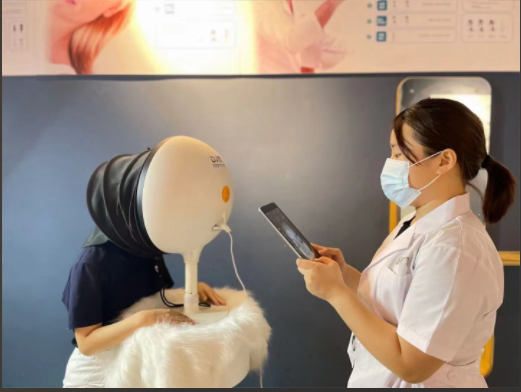
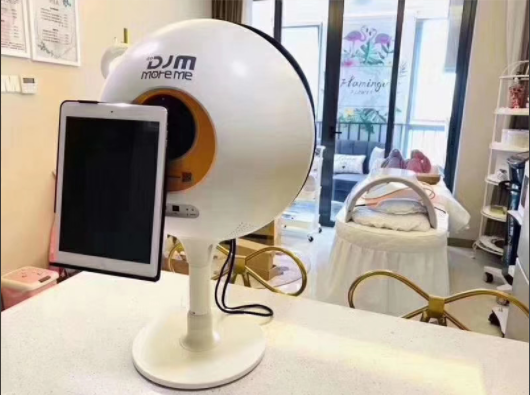
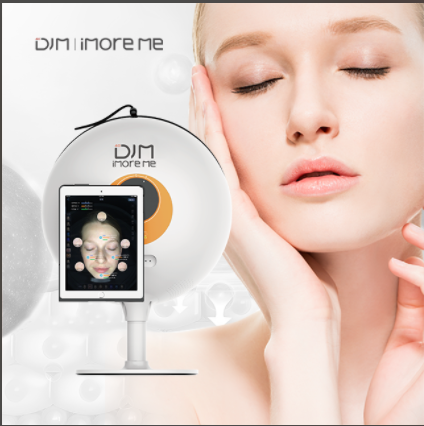
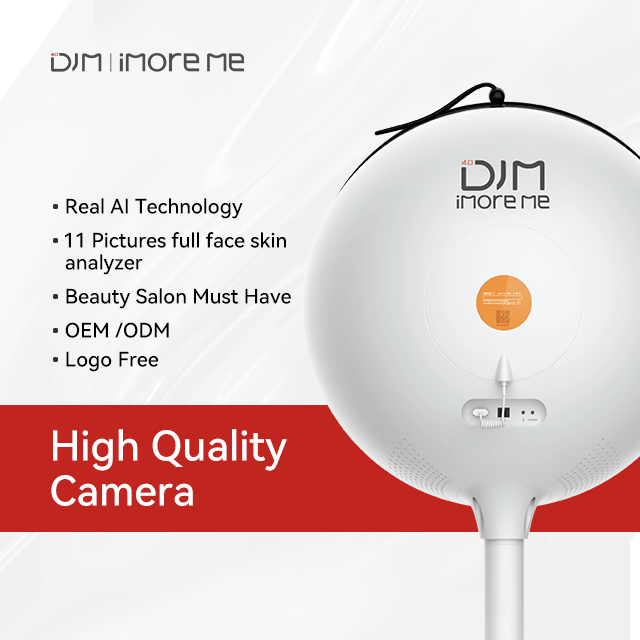
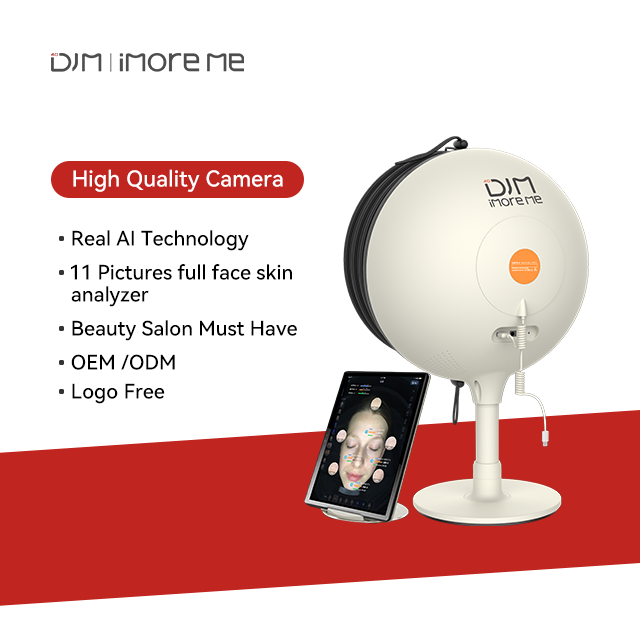
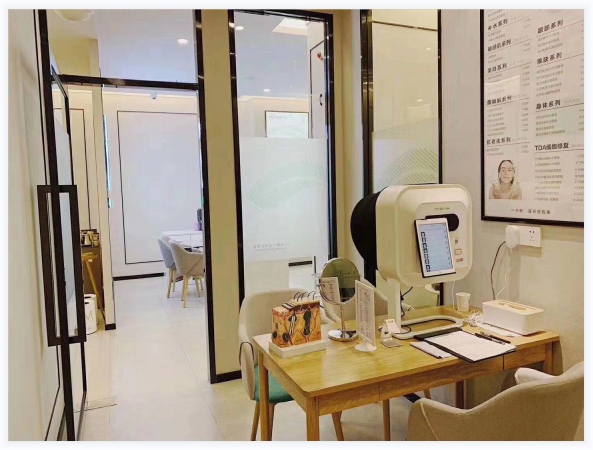


 Reach out to us today!Whether you are preparing to start your own
business in the beauty industry, are ready to upgrade your
equipment, or are just interested in our products,Contact us
today, and let’s explore how we can partner to achieve your goals
and drive your success to new heights!
Reach out to us today!Whether you are preparing to start your own
business in the beauty industry, are ready to upgrade your
equipment, or are just interested in our products,Contact us
today, and let’s explore how we can partner to achieve your goals
and drive your success to new heights!
